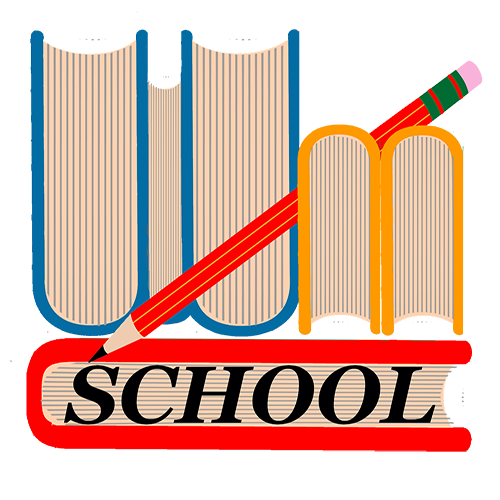Best Learning Techniques
Global education provides the best learning techniques. It also gives various opportunities that let the students learn at their own method. It makes them think about being responsible global citizens by implementing several works and act on them. Best Schools in our areas well practiced it regularly. The faculty members of such schools play a significant role in interact with the nature of the students. Finally, All these process and techniques leading to the invention of an amazing and young global citizen.
Our School teacher’s Tools
Our School Success as a primary / Upper primary schoolteacher depends on multitasking and MNC’s work culture highly educated and well experienced employees having ability to utilize their precious time and several tools and Techniques to teach.
Teaching planning refers to the process of designing and organizing instructional activities and learning experiences to achieve specific learning goals. It involves determining what to teach, how to teach it, and how to assess student learning. Here are some steps to consider when planning teaching:
- Identify Learning Objectives: Start by clearly defining the learning objectives or outcomes you want your students to achieve. What knowledge, skills, or attitudes do you want them to develop? Ensure that the objectives align with the curriculum or educational standards.
- Assess Prior Knowledge: Before introducing new content, assess students’ prior knowledge and understanding related to the topic. This helps you identify any misconceptions or knowledge gaps and tailor your instruction accordingly.
- Select Instructional Strategies: Choose appropriate instructional strategies that align with the learning objectives and the needs of your students. Consider using a combination of approaches such as lectures, discussions, group work, hands-on activities, multimedia resources, and technology-enhanced learning.
- Develop a Lesson Plan: Create a detailed lesson plan that outlines the sequence of activities, instructional materials, and assessment methods. Include a clear introduction, content delivery, guided practice, independent practice, and a conclusion. Make sure the lesson plan accommodates different learning styles and addresses the diverse needs of students.
- Create Engaging Learning Experiences: Design activities that actively engage students in the learning process. Incorporate real-world examples, case studies, problem-solving tasks, simulations, and collaborative projects to promote critical thinking, creativity, and active participation.
- Use Formative Assessment: Embed ongoing formative assessment throughout the lesson to gauge student understanding and adjust instruction as needed. Use a variety of assessment strategies such as questioning, quizzes, group discussions, and observations to gather feedback on student progress.
- Differentiate Instruction: Differentiate instruction to cater to the diverse learning needs of your students. Provide additional support for struggling learners, offer extension activities for advanced students, and provide varied instructional materials and resources to accommodate different learning styles.
- Integrate Technology: Explore opportunities to integrate technology into your teaching. Use multimedia resources, online tools, educational apps, and interactive platforms to enhance instruction, provide supplemental materials, and promote digital literacy skills.
- Consider Time Management: Allocate appropriate time for each activity and ensure a balance between direct instruction, practice, and reflection. Be mindful of the pace of the lesson and make adjustments as needed to ensure sufficient time for student engagement and understanding.
- Reflect and Revise: After each lesson, take time to reflect on its effectiveness. Assess student learning outcomes, review feedback, and make necessary revisions to improve future lessons. Continuously monitor and adjust your teaching strategies based on student progress and feedback.
Remember that effective teaching planning is an iterative process. It requires flexibility, reflection, and a willingness to adapt based on the needs and feedback of your students.
